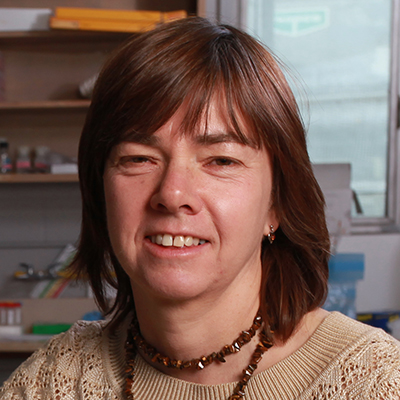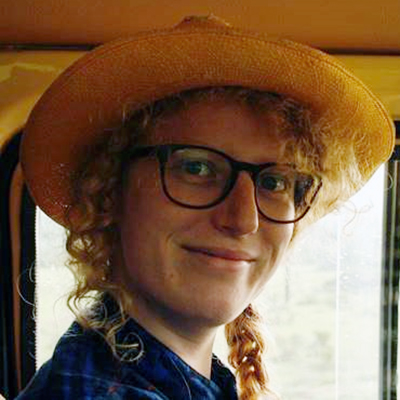Genetic variation: a key to survival
September 16, 2019
Share
Queen’s University researcher Vicki Friesen (Biology) and former postdoctoral fellow Debbie Leigh are sounding the alarm over the increasing loss of the genetic variation that allows species to adapt to the rapid and drastic environmental changes being generated by human activity.

Genetic variation is part of what makes individuals different. In plants and animals this can lead to differences in how they look as well as important differences in migration behavior, flowering time, or reproductive success. These differences within a species allow for adaptation to change.
Drs. Friesen and Leigh’s research has shown that genetic variation within species has declined by six per cent since the industrial revolution, which means species are less adaptable to climate change and, therefore, more vulnerable to extinction.

“We are losing populations, and, in some cases, we are losing entire species,” Dr. Friesen says. “Loss of genetic variation increases the risk of extinction, especially on islands, where the loss of genetic variation is higher than on continents.”
For example, in Galapagos finches, variation in beak size enables large-beaked birds to access a new food source during drought. These individuals survive droughts while those with smaller beaks do not. Dr. Friesen adds that, to prevent further loss, we need to reconnect isolated populations and help wild populations grow to combat climate change.
“We can’t be calm about this. Climate change is affecting our world right now, and the outlook for future generations is bleak,” Dr. Friesen says. “The loss of biodiversity is actually an even bigger problem than the climate crisis, and it’s irreversible. But we don’t hear as much about it. There is a rising level of awareness and anxiety about these issues among scientists.”
The research was published in Evolutionary Applications.